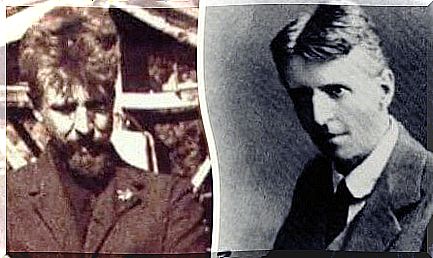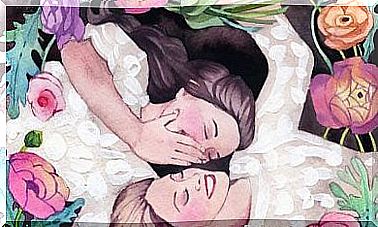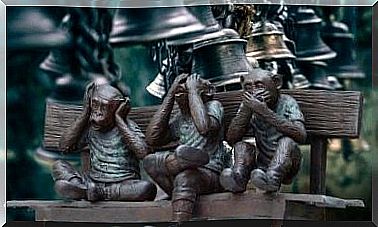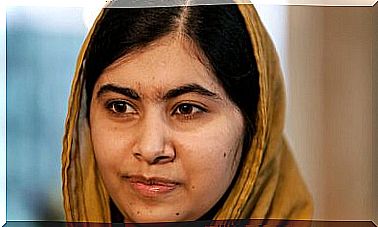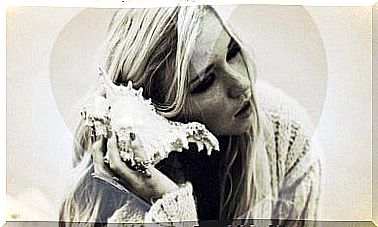Hannah Arendt, Biography Of A Pluralist Thinker
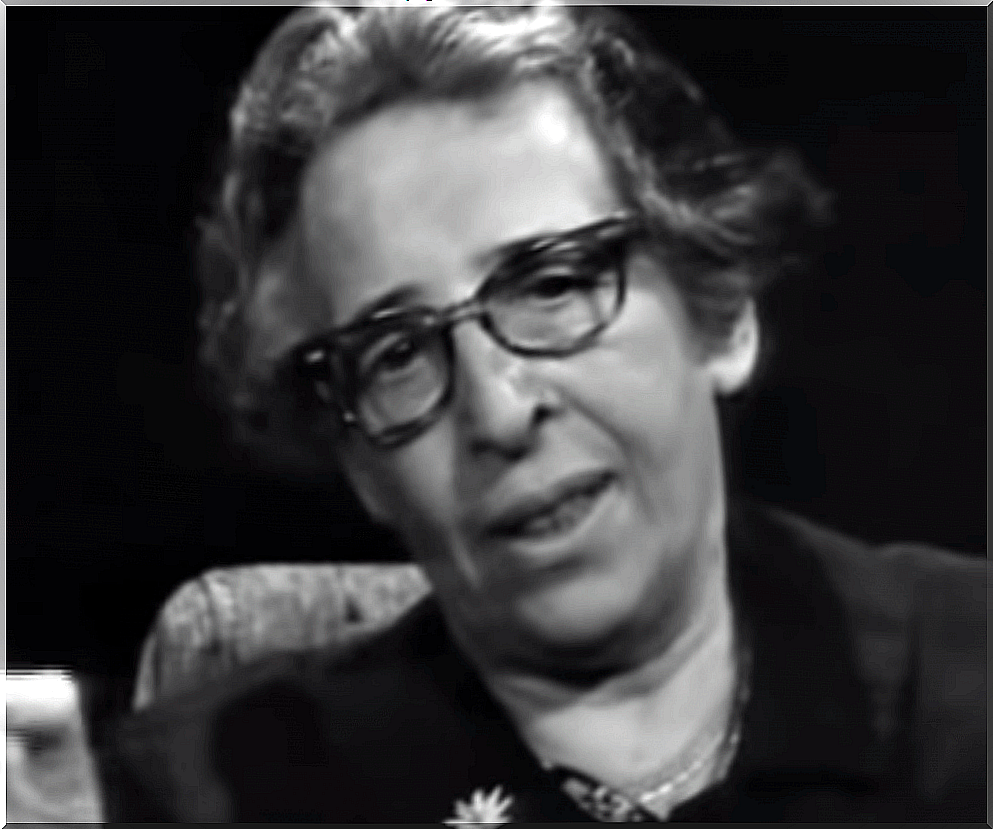
Hannah Arendt was one of the greatest thinkers of the 20th century. Although she is considered a philosopher, she rejected this categorization. Perhaps it was too conclusive and too limited for an intellectual who had broad interests and was exploring different fields.
You could say that Hannah Arendt was one of the greatest experts in history on the Jewish question. Unlike other thinkers, she approached the subject with great breadth and a critical sense, even though she was of Jewish origin and defined herself as Jewish. However, she was not a practitioner.
His work The Origins of Totalitarianism is a true classic of political theory. It is a text of nearly a thousand pages, in which she exposes the historical development of anti-Semitism, racism and imperialism. Finally, she describes what she calls “total domination”, embodied by Nazism and Stalinism.
A brilliant young woman
Hannah Arendt’s real first name was actually Johanna Arendt. She was born on October 14, 1906 in Linder-Limmen (Germany). His family was Jewish and came from an area of Prussia, which is now part of the Russian Federation.
Her father was an engineer who died of syphilis when Hannah was only 7 years old. Her mother, Martha Cohn, was a liberal-minded woman who wanted to give her daughter the same education as the boys of the day.
From an early age, Hannah Arendt displayed great intellectual abilities and a rebellious character. She would have read Immanuel Kant and Karl Jaspers at the age of 14. However, she was expelled from school for disciplinary problems at the age of 17.
Hannah went to Berlin on her own, where she took courses in theology and philosophy. She began to study on her own and at the age of 18 she took the entrance exam to the University of Marburg, which she obtained without any problems.
Hannah Arendt, a Jewish intellectual
One of his teachers was the famous Martin Heidegger. The two fell in love and had an affair that they had to keep a secret, as he was married and already had children. The situation became untenable for Hannah, who had to move for a semester to Albert Ludwig University.
Finally, she obtained her doctorate in philosophy in 1928, after having followed the courses of Edmund Husserl. The tutor of his thesis was Karl Jaspers, who would become one of his best friends until his death. At this time, she also befriended several of the most important philosophers of the time.
The gradual rise of Nazism began, with a gradual increase in anti-Semitism. Hannah Arendt loaned her own home to help many children and young people flee. In 1933 she was arrested by the Gestapo and detained for eight days. Then she left for France, where she met her first husband, Günther Stern, who had already fled Germany.
Stateless and thinker
Hannah Arendt was one of the few European intellectuals to speak out against Nazism from the start. Unlike other philosophers who sought to reconcile their thinking with that of the new regime, she saw this as a grave danger from the start.
In 1937 Hannah divorced Günther and in the same year her German nationality was withdrawn. She still managed to get her mother out of Germany in 1939. In 1940, she married Heinrich Blücher. Shortly after, she was sent to a detention camp in France, because she was German, without officially being so. From there she managed to escape and, together with her husband and mother, she immigrated to the United States.
In the United States, she worked as a journalist, a profession she had previously exercised in Europe. In 1951, she became an American citizen, although she always said that language, art, and poetry linked her to Germany.
A brilliant trajectory
The acquisition of American citizenship “freed” her from her statelessness. She said that having citizenship amounted to “the right to have rights ”. In the United States, she pursued a brilliant career and produced her greatest works.
In 1961, as a correspondent for The New Yorker magazine , she covered the trial of Adolf Eichmann, a Nazi war criminal. The article she reported was captioned La banalité du mal . It gave rise to a great deal of controversy.
Despite everything, his brilliant career continued without a hitch. In 1959, she was the first woman to teach at Princeton University. In 1963, she became a professor at the University of Chicago, then in other academic centers.
Her beloved husband, with whom she still shared an interesting intellectual bond, died in 1970. Four years later, she suffered a heart attack from which she recovered. She continued to work until 1975, when another heart attack claimed her life at a college reunion.
